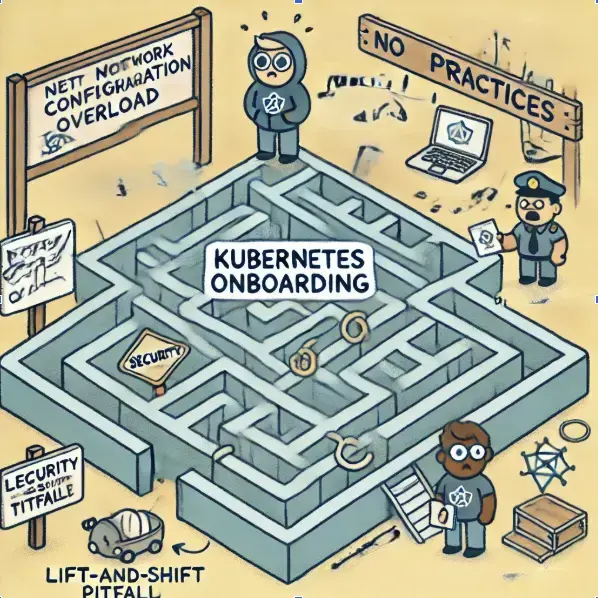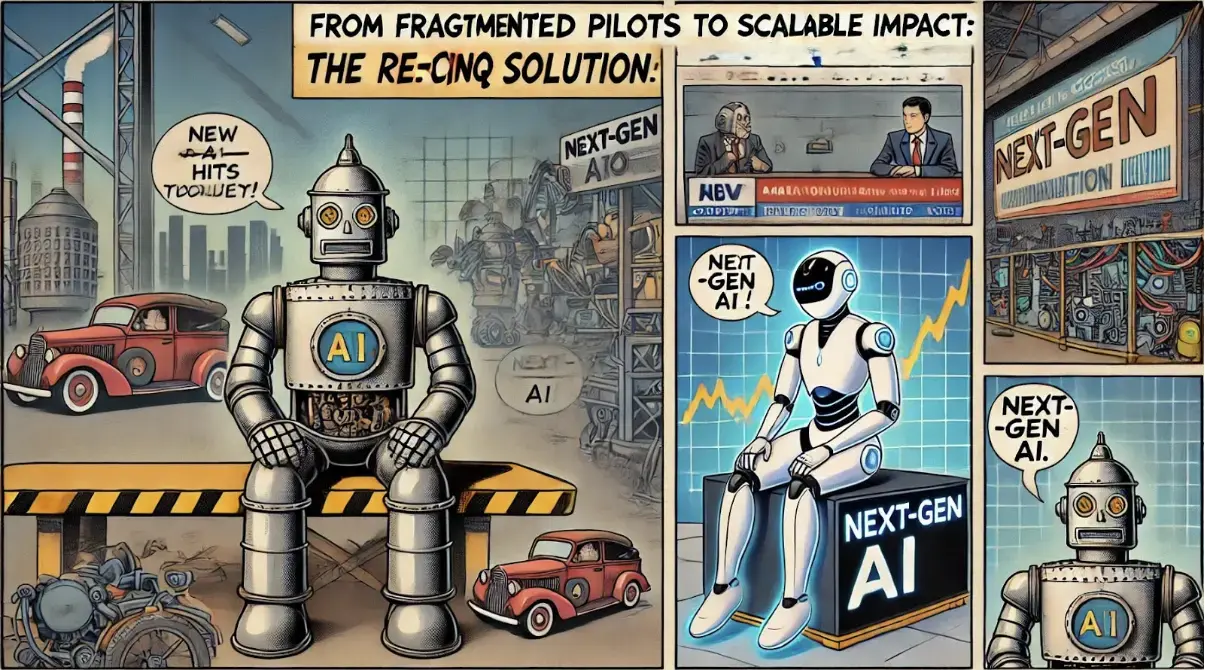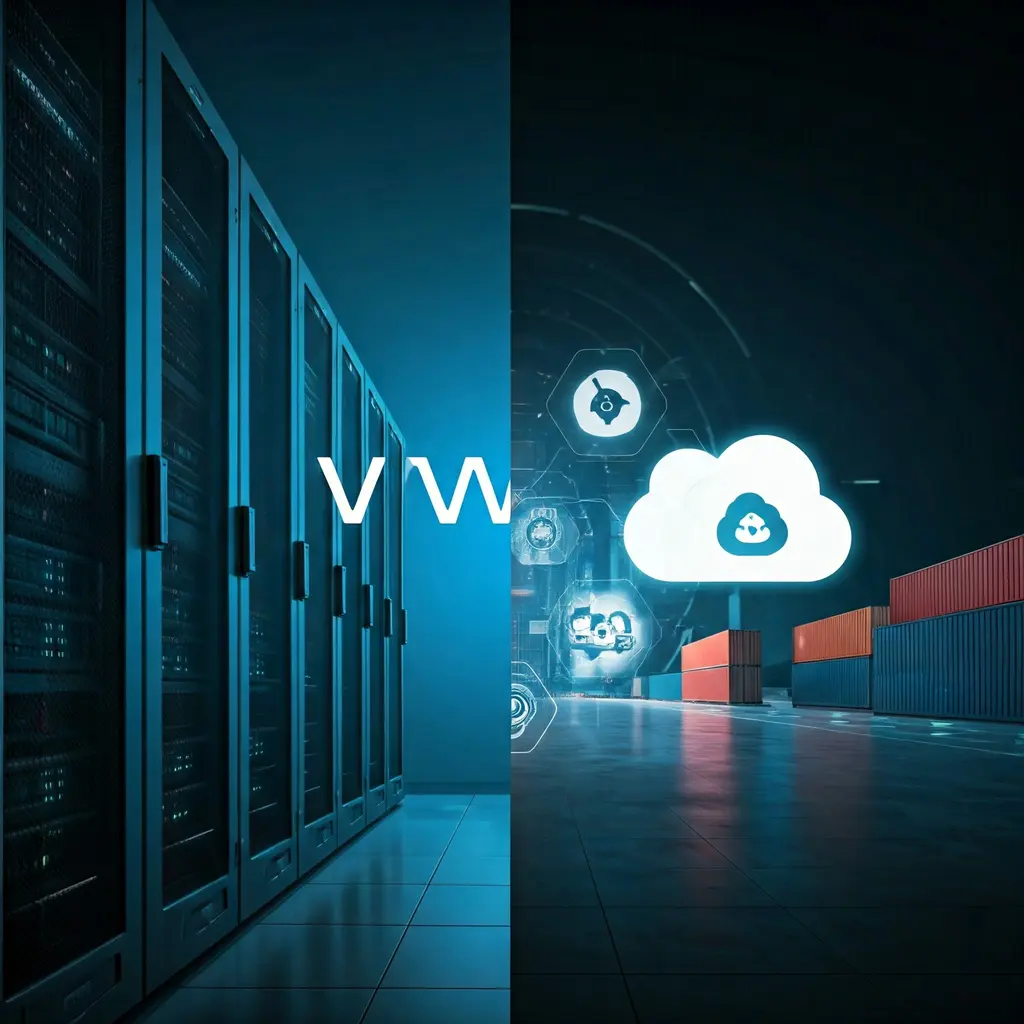Leverage, Optimize, Own: A Practical AI Native Strategy

As enterprises embrace AI Native architectures, they face a fundamental challenge:
How do you scale AI effectively while keeping your teams focused on high-value business logic and model development?
AI development today mirrors the early days of DevOps, where infrastructure scaling and automation were separated from application development. In this new AI era, platform operations should be streamlined so that in-house teams focus on business logic, application coding, and model training.
That’s where the Leverage, Optimize, Own framework comes in.
The AI Native Business Strategy: Focus on Business Value
At its core, AI Native strategy isn’t just about technology, it’s about aligning AI investments with business focus. AI-driven enterprises must carefully decide where to invest resources and where to lean on existing solutions and expertise.
- Leverage – Use foundational AI models and scalable AI platforms so your team doesn’t waste time reinventing infrastructure.
- Optimize – Adapt third-party tools and services to better align with your specific business use case.
- Own – Invest in proprietary AI capabilities that directly impact your competitive advantage and business differentiation.
Let’s break this down.
| Leverage (Existing AI Infrastructure & Services) | Optimize (Refine for Your Business Needs) | Own (Business Logic & AI Competitive Edge) | |
|---|---|---|---|
| AI Models | Foundational AI models (DeepSeek, ChatGPT, Llama, Claude) | Fine-tuned LLMs for specific domain expertise | Custom models trained on proprietary datasets |
| Model Hosting & Serving | AIaaS (Amazon Bedrock, Azure OpenAI, Hugging Face Inference API, DataCrunch) | Self-hosted inference for cost efficiency | Fully owned AI pipelines, edge deployments |
| MLOps & AI Tooling | Managed ML platforms (AWS SageMaker, Vertex AI) | Hybrid workflows (MLflow, Kubeflow, Weights & Biases) | Custom AI pipelines & observability solutions |
| Data Pipelines | Prebuilt data connectors, managed feature stores | Custom data transformation pipelines | Proprietary data strategy for AI learning |
| Platform Operations & Scaling | Consulting partners for AI infrastructure & cloud/on-prem deployment | In-house engineering team learns best practices | Fully autonomous AI operations team |
| Application & AI Integration | AI-powered APIs & third-party AI services | Enterprise-specific AI logic & workflows | Custom AI-powered applications & interfaces |
Where Should Your Team Focus?
The Business Logic Layer (Own)
At the core of AI-driven enterprises is business logic and application development. Your AI team should own:
- Custom AI models that provide a competitive edge.
- Data science & fine-tuning models with proprietary datasets.
- Application coding & AI-driven user experiences.
This is where your data scientists, AI engineers, and software developers bring unique value to your business.
Optimizing AI Platforms & Tools (Optimize)
Even if your company specializes in AI, it’s inefficient to build everything from scratch. Instead, optimize prebuilt AI tooling to fit your workflows:
- Fine-tune AI models for domain-specific applications.
- Modify MLOps tooling (Kubeflow, MLflow) to automate model deployment.
- Customize inference-serving solutions (Ray Serve, Triton) for cost efficiency.
Your team should focus on integrating these tools into business workflows, rather than maintaining infrastructure.
Leveraging AI Infrastructure & Expertise (Leverage)
To avoid unnecessary complexity, leverage managed AI platforms, consulting firms, and prebuilt AI tools for:
- Model hosting & training acceleration (AWS Bedrock, Azure OpenAI, Google Vertex AI, DataCrunch).
- Scaling AI infrastructure (GPU clusters, Kubernetes for AI workloads).
- On-prem & hybrid cloud AI deployments, especially for cost control & compliance.
This is where external consultants add the most value. Just like DevOps in its early days, AI infrastructure is complex, and in-house teams shouldn’t waste time solving problems that have already been solved at scale.
Why Consulting Firms Matter in AI Native Operations
The first year of AI deployment is critical for enterprises. Building and Scaling AI platforms requires expertise in various areas such as Data Infrastructure, Data Engineering and Cloud Integration
re:cinq’s role is to bridge the gap between data science and software engineering, creating a robust and efficient platform that empowers data scientists to focus on their core work. Key Consulting Focus Areas:
- AI Model Lifecycle Automation – MLOps best practices, CI/CD for models, and integration with TensorFlow, PyTorch, and other ML frameworks.
- Secure AI Deployments – Implementing air-gapped, on-prem, and cloud-based AI solutions with robust security and compliance.
- Cloud & Kubernetes Scaling – Optimizing AI workloads across AWS, Azure, GCP, and multi-cloud Kubernetes environments.
- Data Engineering & Pipelines – Designing scalable data ingestion, transformation, and feature engineering pipelines.
- DevOps & MLOps Integration – Aligning infrastructure automation, model monitoring, and CI/CD workflows for AI-driven applications.
By year two, enterprises should have the tools and internal knowledge to run AI operations independently but consultants help accelerate the journey, ensuring sustainability from day one.
AI Implementation Complexity: Why Scaling AI is Hard
Scaling AI goes beyond just training a model, it requires robust platform operations.
The complexity of AI implementation means enterprises must strategically decide what to outsource, optimize, and build in-house, leveraging external expertise where needed while focusing internal talent on business logic & AI innovation.
| Leverage (Consultants, SaaS, Managed AI) | Optimize (Refine & Integrate) | Own (Build In-House) | |
|---|---|---|---|
| GPU Scaling & Cost Management | Rent cloud GPUs (AWS, Google, Azure, DataCrunch, Lambda Labs) | Optimize workload distribution & right-size instances | Own a GPU cluster for maximum control |
| MLOps Pipelines & Observability | Managed MLOps platforms (SageMaker, Vertex AI) | Customize MLflow/Kubeflow to business workflows | Full in-house AI observability platform |
| On-Prem AI Deployments | Consulting firms manage networking & security | Internal team learns hybrid cloud integration | Fully owned AI infrastructure & operations |
| Real-Time Inference Scaling | Use AIaaS APIs (OpenAI, Hugging Face) | Deploy containerized inference workloads | Build custom AI inference stack |
| Data Strategy & Governance | Prebuilt data pipelines & managed feature stores | Refine pipelines for AI learning & compliance | Own end-to-end AI data governance |
AI Native Strategy: Bringing It All Together
Leverage: Foundational AI infrastructure, consulting for AI scaling & MLOps.
Optimize: AI tools & models to fit business workflows.
Own: Proprietary AI models, application development, and business logic.
By applying this model, enterprises gain agility in early AI adoption, optimize AI tooling for efficiency, and secure long-term competitive advantage through AI differentiation.
Your AI team should focus on training models, fine-tuning AI logic, and integrating AI into business applications, not struggling with infrastructure scaling.
Is Your Enterprise Ready for AI Native Transformation?
At re:cinq, we guide organizations through every stage of AI adoption from leveraging AIaaS to optimizing AI workflows and owning AI infrastructure.
Let’s discuss how we can help you build a scalable, secure, and cost-effective AI Native platform. Sign up for our next AI Native workshop.
Let’s discuss how we can help you build a scalable, secure, and cost-effective AI Native platform. Sign up for our next AI Native workshop .








